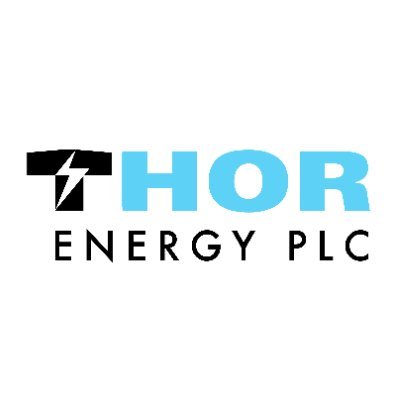Natural hydrogen is catching fire as a clean energy frontier, but helium, often hidden beneath the surface, could be the x-factor that supercharges investor returns. This inert gas, long prized for its role in medical imaging and space tech, is quietly reshaping how hydrogen exploration is assessed, funded and fast-tracked.
As the world races to secure cleaner, scalable energy alternatives, natural hydrogen, produced geologically rather than synthetically, has become a focal point. What many investors might overlook is the economic leverage offered by helium when it’s discovered alongside hydrogen. This co-location is more than a geological coincidence; it’s a financial multiplier. Helium is not only rare but also in growing demand across high-tech sectors. Its presence can turn an otherwise marginal hydrogen project into a commercially compelling opportunity.
Helium forms deep within the Earth over millions of years as uranium and thorium decay. It seeps upward, becoming trapped in underground reservoirs often alongside natural gas and hydrogen. Extracting it is a sophisticated process. Wells are drilled into these deposits, and the gas mixture retrieved is passed through cryogenic distillation. This process chills the mixture to extreme lows, allowing all other gases to liquefy, leaving helium in its gaseous state. It is then purified, often using pressure swing adsorption, compressed and stored.
Because helium is non-renewable and global reserves are declining, the economics around its extraction are becoming increasingly attractive. Countries traditionally dominant in helium supply, such as the United States, Russia, and Qatar, face tightening reserves and fluctuating output. This has driven up prices and made new sources, particularly those paired with hydrogen, all the more critical.
For hydrogen developers, helium’s presence in exploration zones adds a significant revenue stream. Companies can unlock value on two fronts, first, by tapping into the growing hydrogen market driven by decarbonisation mandates, and second, by selling helium to sectors as diverse as aerospace, MRI technology, semiconductor manufacturing, and fibre optics. This dual-resource strategy drastically improves project viability and funding appeal.
Advanced geological modelling and subsurface analytics now make it possible to target these helium-hydrogen sweet spots more precisely. By applying a mineral systems approach, explorers can pinpoint zones where helium is likely to coexist with hydrogen, reducing exploratory risk and increasing investor confidence. This methodology is already being implemented by leading resource technology firms, resulting in a sharper, data-driven edge in exploration.
The shift is already rippling through the industry. Explorers in regions like South Australia and the United States are reporting helium as a game-changing bonus in their hydrogen drill results. This additional yield is improving balance sheets, speeding up development timelines, and attracting a new wave of capital interested in diversified exposure to strategic resources.
As hydrogen exploration scales, helium’s strategic role is only going to grow. Its scarcity, combined with its unique industrial uses, positions it as a premium by-product that strengthens the case for investment in natural hydrogen ventures. The synergy between these two gases offers a powerful hedge against market volatility and reinforces the commercial narrative driving the energy transition.
Thor Energy PLC (LON:THR) is a leading exploration company focused on natural hydrogen and helium, with a significant footprint in the highly prospective South Australian region.







































